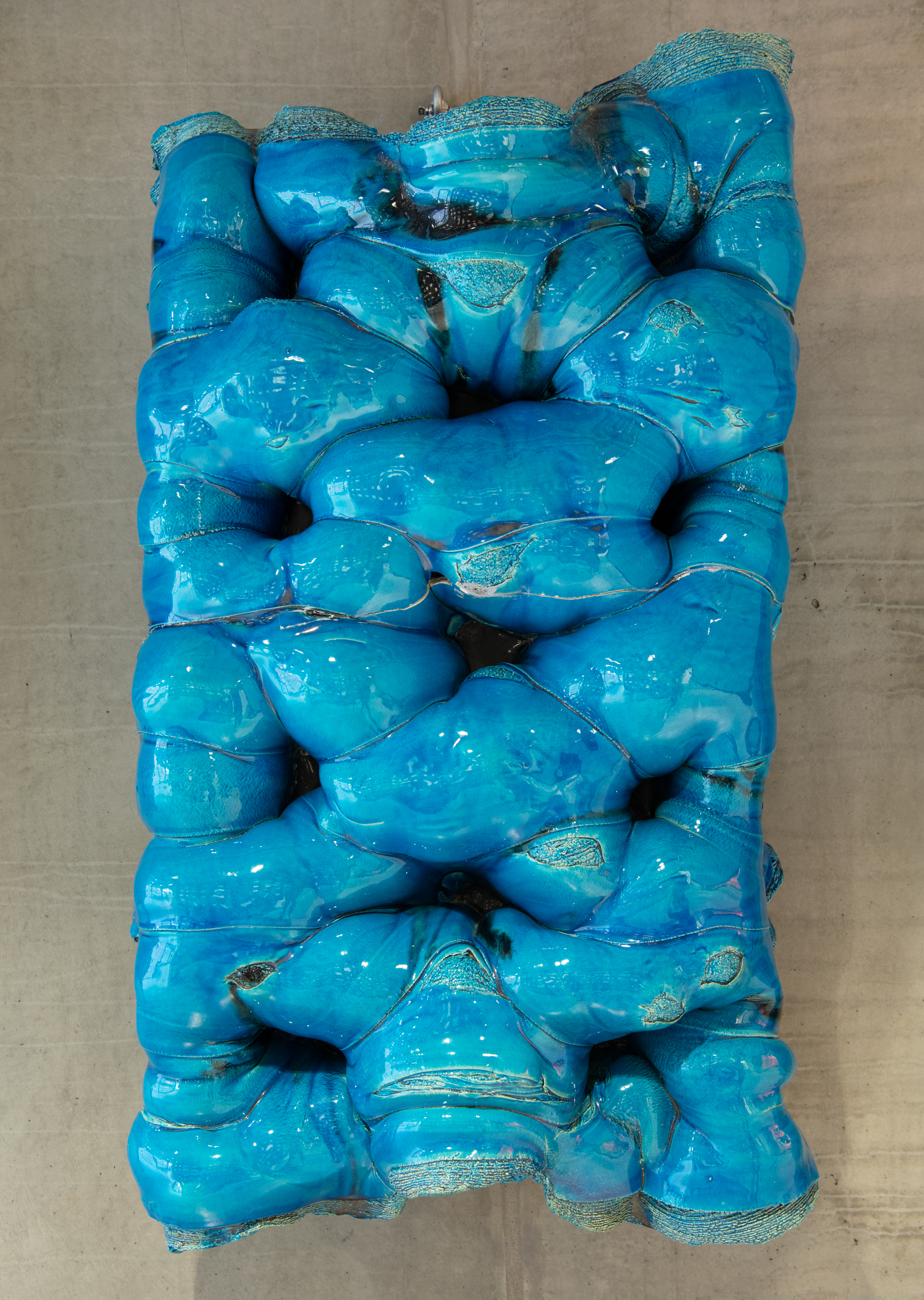
A brief history of KORO
In 1976, the Norwegian Parliament, Stortinget, passed legislation that established what is now known as KORO. The organization, originally called Utsmykkingsfondet, literally «the Decorations Fund», was established in response to historical trends that had been central to the development of official cultural policy in Norway.
- Artistic adornments for key public buildings were seen as important to the promotion of Norwegian national identity during the nation-building era in the 19th and 20th centuries.
- In the 1950s and 1960s, the governement established the first funding programmes for art for government, county council and municipal buildings. Initially managed by the Ministry of Education and Church Affairs, the programmes were later run by Arts Council Norway. These programmes were part of a policy to disseminate culture to audiences in locations throughout Norway, which was also reflected in the establishment of other bodies to promote professional cultural and artistic touring events, including exhibitions, film screenings, theatre and concerts.
- From the 1930s onwards, artist unions and other organizations involved in the visual arts and architecture had campaigned for the introduction of a “percent-for-art” programme that would apply to the construction budgets for government buildings. Such programmes had been established in the United States in 1934 and in Sweden in 1937, for example.
- After the Artists’ Action 1974, which witnessed a great mobilization of Norwegian artists demanding concrete political change, the campaigning efforts culminated in the founding of a series of programmes and new institutions to strengthen the arts in Norway. It was in this context that the Norwegian parliament established what is today KORO.
Twenty years would pass, however, from the establishment of Utsmykkingsfondet in 1976 until a “percent-for art” programme for government buildings materialized. This came about through the establishment of the Art Programme for New Government Buildings in 1997. This programme is still running and entails the setting aside of 0 to 1.5 percent of a building’s construction budget for art, depending on the public significance of the building. With hindsight, the average percentage allocated for art has been approximately 0.75 percent. The Art Programme for Leased Properties and Older Government Buildings (LES) was established to ensure that art would also be available for such properties.
Around the turn of the millenium, Utsmykkingsfondet took over responsibility for Arts Council Norway`s programme for art in municipal and country buldings. This programme was subsequently divided into two programmes, known as the URO and KOM. While the KOM programme primarily provided funding for art in local and regional buildings, the URO programme targeted other kinds of public entities and artists with more critical and experimental practices. For the first time, artists could apply for funding from Utsmykkingsfondet for their own projects. This contributed to a significant revitalization of the general understanding of public artworks and working methods, in accordance with other developments in the international art field.
In 2006, Utsmykkingsfondet changed its name to KORO (Kunst i offentlige rom). The change of name came about as a reaction to a growing understanding amongst artistic communities of “decoration” as “mere decoration”, something that promoted an uncritical perspective on artistic production and kept this production subservient to the architecture of the building. Individuals and organizations in the arts, both in Norway and internationally, wanted public spaces to be seen as venues for works that allowed for active, reflective and critical artistic expression. According to such thinking, public art allowed for more direct and engaging encounters with the public. Many believed that public spaces, as alternative venues to museums and galleries, were to be preferred because they allowed for different expressive and progressive opportunities.
Var dette nyttig?
Takk for din tilbakemelding!
Takk for din tilbakemelding!
Vi leser alle henvendelser, men kan dessverre ikke svare deg.